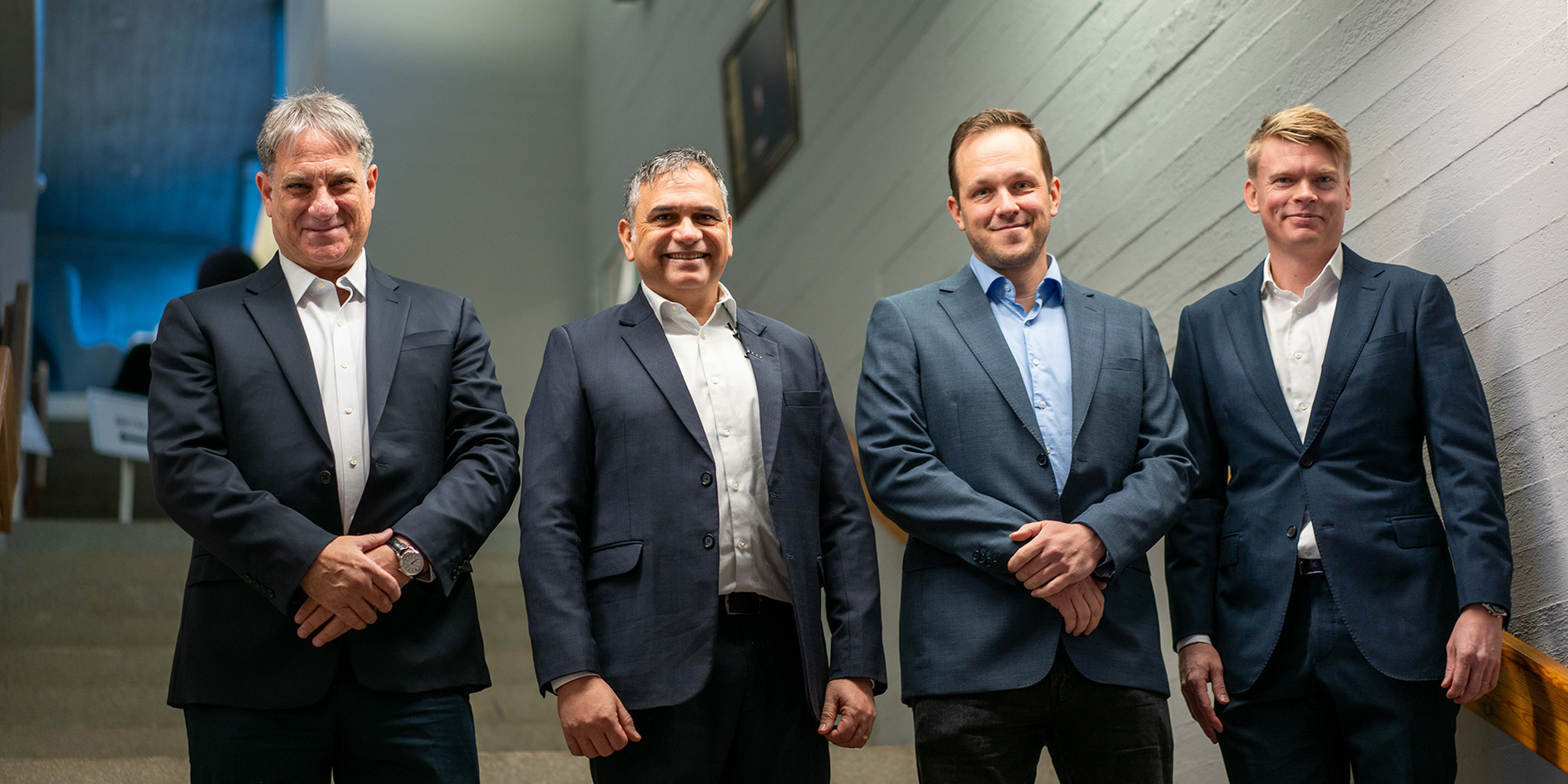Many years ago, when I was still a young project manager working my way up the corporate ladder, I asked one of the most successful project managers in the organization how they managed their major projects. I confess that I was, at the time, rather shocked by his reply:
“The problem with large projects is that you can't actually manage them.”
“But surely” I replied, “that's your job?”
“No, my job is to do my best to adjust the project trajectory such that we all end up in a place where we are all reasonably happy about where we are. Anyone that tells you that they are in complete control of a major project is a dangerous fool – and the tiger will eat them in the end”.
“What tiger?” I asked.
He smiled and then shared with me his top 3 rules for running major projects:
Rule 1. A Large Project is a Tiger
You cannot completely control a tiger – you do your best to ride it, but you cannot completely tame it, and no matter what you think, it always dangerous. Try to avoid falling off – and if you do, try to avoid being eaten by it.
You cannot completely control a tiger – you do your best to ride it, but you cannot completely tame it."
A current example of this is Crossrail – an incredible UK project building a completely new underground railway across London. The technical challenges seemed overwhelming, but the team managed then well with constant updates, saying that the project was not just “green” it was “green, green”.
Then suddenly, literally overnight, the project manager announced that not only would the project be delayed, but he had cancelled the scheduled opening by the Queen, and that he had absolutely no idea when in the future it would (if ever) be delivered – the tiger had turned!
Rule 2. Know your Complex from your Complicated
Just because a project is large it does not mean that it is complex. If a project is complicated, traditional “waterfall” project management tools like WBS, critical path and earned value should enable you to largely control the project.
Complexity must be viewed through three lenses: structural, emergent, and socio-political."
If, however, the project is complex, you must worry far more. Complexity must be viewed through three lenses: structural, emergent, and socio-political. Structural complexity is the scope or scale of the project, emergent how much the world is changing as you run your project, and socio-political is all the messy issues to do with politics, people, perceptions, and stakeholders.
Recent research at one of the top business schools has shown that most problems on complex projects come from the socio-political arena, and yet most project managers concentrate largely on the structural issues – a fatal mistake.
Rule 3. Communication is Key
Assume that communication has failed from day 1 - and then gets worse.
The number of communication paths increase exponentially with project size and yet most project managers failed to scale up their communications strategy accordingly. This communication void leads to confusion and ultimately project failure.
Many traditional project managers fail to understand that what they say is not necessarily what their people hear, and that poor culture, stress and fear will quickly undermine their project.
Many traditional project managers fail to understand that what they say is not necessarily what their people hear."
Once you have grasped the three rules you can begin to manage less and lead more. A major report by the Association of Project Management in the UK recently highlighted the fundamental difference between project management and project leadership and concluded that large projects require more leadership.
The research indicated that most traditionally trained project managers found it almost impossible to let go of their “project toolset mindset”, and often actually made things worse by trying to “over control” their projects.
The report highlighted several key issues that had to be addressed on major projects and these included:
- Dealing with Complexity
- Leadership over Management
- Blending waterfall with agile
- Managing multiple stakeholders
- Letting go of traditional mindsets.
Stephen Carver is Senior Lecturer in Project & Program Management at Cranfield School of Management. He is a faculty member in the Leading Large Projects program, which addresses all these key issues and provides a fast moving, fun and hugely interactive way of exploring the challenges of major projects.






















